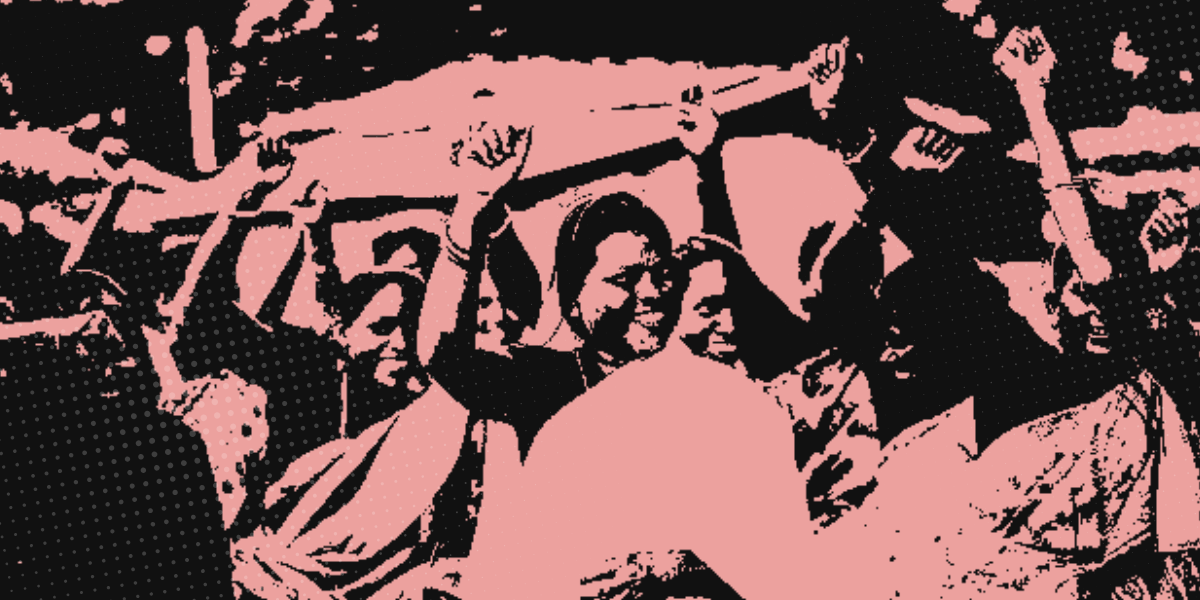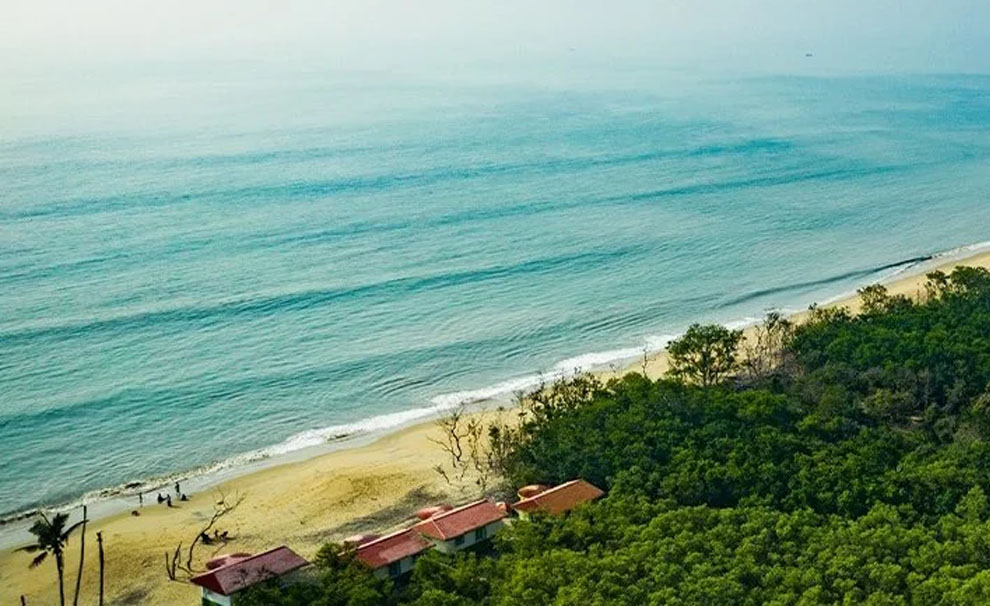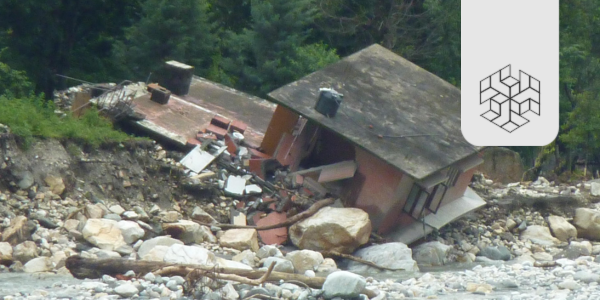ABSTRACT
This issue brief inquires into the presence of Dalit voices in media by employing ‘politics of presence’ as a conceptual tool for analysis. These voices in the media reflect how issues related to the Dalits are interpreted and how much they shape the discourse at the national and international level. While tracing the presence of Dalits in mainstream media, this issue brief highlights the otherwise upper-caste dominated journalism space. It argues that the absence of Dalits in newsrooms and the lack of social diversity severely impact the way issues related to the most marginalised community of Indian society are covered or abandoned by media organisations. After the advent of the internet, social media has become an alternative option for Dalits to present their stories. This bypassing of traditional media challenges the hegemonised mainstream media sphere and brings the matters and issues related to Dalits into the discussion. This issue brief further argues that even the liberating aspects of internet-based social media have not completely transformed the ‘narrative formation’ and ‘agenda setting’ in discussion on mainstream media platforms.
Keywords: Social Media, Dalit, presence, voice, representation, caste, media
INTRODUCTION
How successful has social media been in diversifying the social structure of the Indian media? The idea behind the internet is trying to narrate liberating tales in the popular consciousness. Liberating tales are always interwoven with the hope that it will democratise the public sphere by providing accessible and cheap virtual platforms to every person despite their caste, class, gender and religion. Facebook strengthened this idea in 2004, YouTube joined in 2005, and Twitter followed in 2006. The internet hastened the process of communication through web portals and email, providing millions of Indians an opportunity to create websites and accounts to narrate and present their own stories.
This issue brief traces the social structure of Indian media, the changing dynamics of representation, and the presence of Dalit voices before and after social media. Dalits are the most marginalised community in Indian society. This issue brief tries to answer whether social media increased the presence of Dalit voices in the mainstream Indian media? If so, then how has it impacted ‘narrative formation and ‘agenda-setting’ in discussions in newsrooms and on media platforms? Section I demonstrates the importance of equitable representation of people from diverse social backgrounds in different media organisations. The section argues that representation is necessary in realising the true sense of media and only such presence ensures that everyone speaks. Section II inquires Dalit representation in the social structure of mainstream Indian media. The mainstream Indian media is hegemonised by the upper-caste and it reflects in misrepresentation of issues related to Dalits. Dalit issues are rarely covered with sincerity. Section III delves into the era when social media countered the Indian mainstream media’s narrative and provided everyone with an opportunity to present their opinions and emotions on digital platforms. In this section, it is argued that social media surely increases and strengthens the presence of Dalit voices and it has also pressurised mainstream media to cover Dalits issues with more earnestness and sincerity. The last section looks into the limitations of and constraints to the access to digital media as well as their social structure. This section contends that the increased presence of Dalit voices is fragmented and, hence, can not be considered as ‘liberating’,






